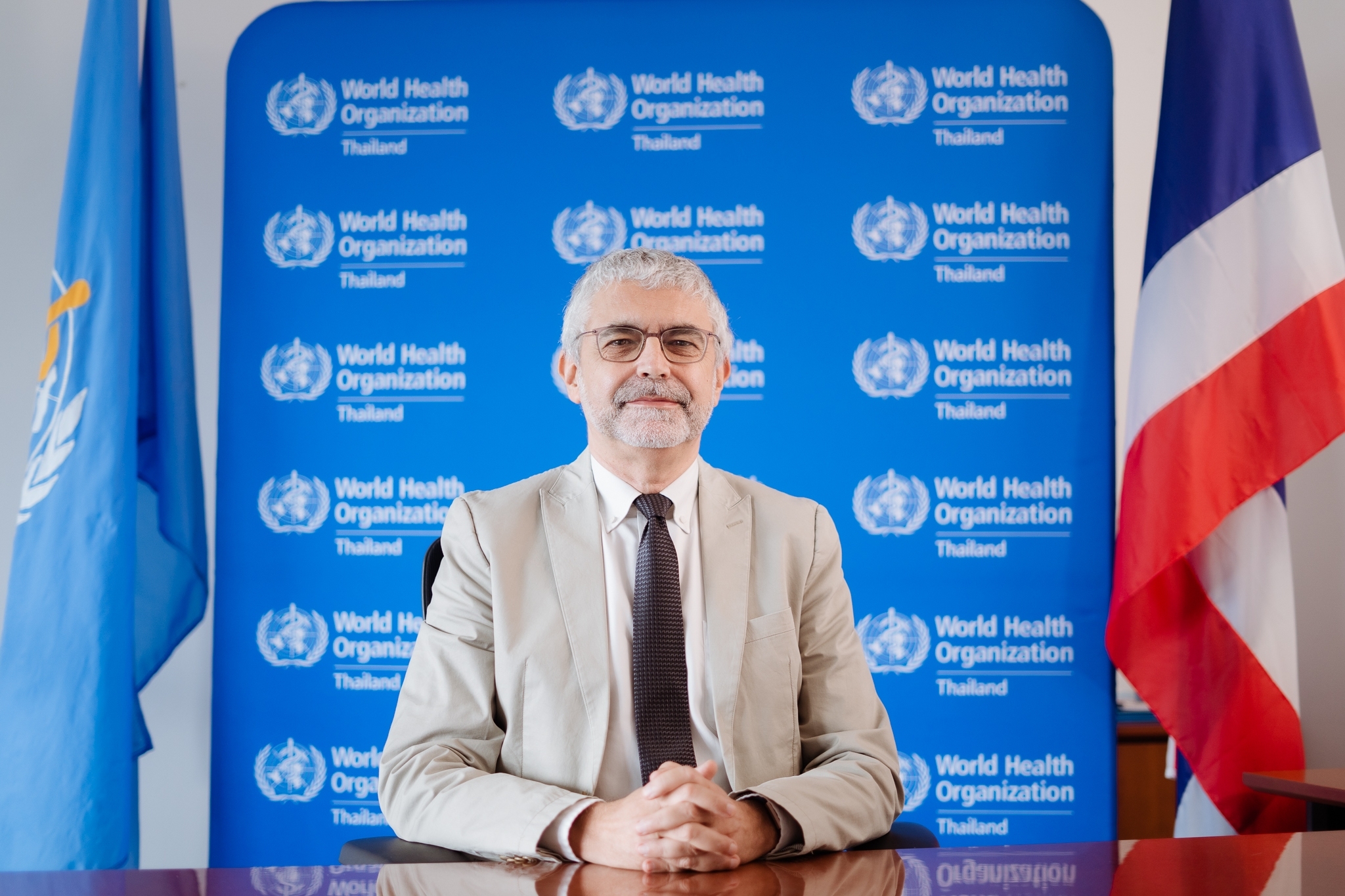Drowning is a global health concern, claiming an estimated 236,000 lives each year. This makes drowning the third leading cause of unintentional injury death worldwide.
The Silent Killer
Drowning is a silent killer, often occurring in seconds. Children are particularly vulnerable, as they may not be able to swim or understand the dangers of water. Common risk factors for drowning include:
- Lack of supervision
- Not knowing how to swim
- Engaging in water-related activities without safety measures, such as life jackets
- Being invited to play in the water by peers
- Falling or slipping into the water
Thailand's Drowning Crisis
In Thailand, drowning is a major public health problem. The Department of Disease Control, Ministry of Public Health reports that drowning is the second leading cause of death for children under 15 in Thailand, accounting for 20% of all deaths in this age group.
Collaborative Measures Against Drowning
To address this crisis, Thailand has mobilized 10 key sectors: health, education, police, disaster risk management, maritime safety, NGOs, local administration, tourism, the Royal Thai Navy, and the National Institute for Emergency Medicine. Each sector plays a unique role, ensuring a comprehensive approach to the issue.
The Merit Maker Initiative
One hallmark initiative in Thailand is the "Merit Maker for Child Drowning Prevention" strategy. Initiated in 2015, the strategy focuses on reducing child drownings. It advocates for child supervision, water safety education, the installation of safety measures, and raising public awareness about drowning risks. This multi-sectoral strategy, involving diverse stakeholders, has led to a 50% decrease in child drowning deaths within five years. Its evidence-based, sustainable approach makes it an influential model for similar global initiatives. This pioneering endeavour has led to the creation of 2,177 Merit Maker teams across 74 provinces. These teams have achieved remarkable results, including:
- Installing safety measures at over 10,000 risky water settings
- Implementing drowning prevention programs at 7,862 child development centres
- Training almost 400,000 children aged 6–14 years in survival swimming
- Training over 174,000 community members or children in cardiopulmonary resuscitation (CPR)
- Organizing 8,343 sessions of public communications
- Appointing 17,881 survival swimming instructors

Building Safer Futures: Students learning life-saving skills through swimming and CPR training © WHO 2023
The Long-Term Vision
Thailand's work against drowning is contained in its National Water Safety Plans, part of its broader public health strategy. The country's overall 20-year National National Strategic Plan for Public Health (2017–2036) Plan for Public Health (2017–2036) integrates drowning prevention into its goal to reduce neonatal and under-5 mortality rates in alignment with the Sustainable Development Goals.
A Global Call to Action
World Drowning World Drowning Prevention Day 2023 Day 2023 is a global call to action, inviting everyone to "Do one thing- Improve one thing- Add one thing – to prevent drowning". Thailand's progress is a beacon of hope. Let's learn from their collaborative and multi-sector approach, dedicating every day to preventing drownings and safeguarding our future generations.
How You Can Help
There are many ways you can help prevent drowning. Here are a few simple things you can do:
- Supervise children closely around water.
- Teach children how to swim and water safety skills.
- Enrol children in survival swimming classes.
- Install safety measures at your home or business.
- Learn CPR and first aid.
- Educate others about the dangers of drowning.
By taking these simple steps, you can help save lives. Thank you for your commitment to drowning prevention.
Dr Jos Vandelaer, WHO Representative to Thailand, acknowledged that, “Thailand has made immense progress in reducing drowning deaths in recent years. Thanks to the collaborative efforts of the Royal Thai Government, NGOs, and community members, the number of children who drown in the country has substantially decreased. This is a globally recognized achievement, and we applaud the leadership of Thailand in this important area.”
Dr Jos further appealed, “Let's continue to work together to make drowning prevention a priority. We can save lives by supervising children closely around water, teaching them how to swim, and installing safety measures at home and at public places. Together, we can make a difference.”

Dr. Jos Vandelaer, WHO Representative of Thailand, acknowledges the country's success in drowning prevention. Child drownings significantly reduced due to their efforts © WHO 2023
